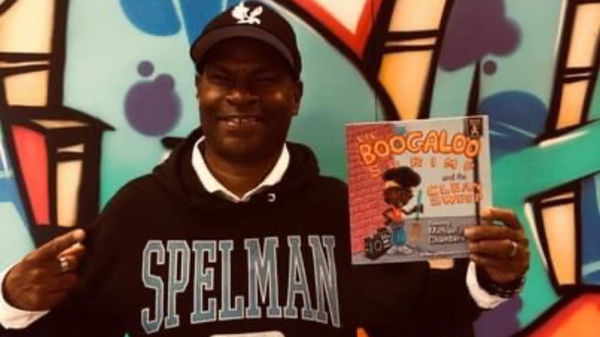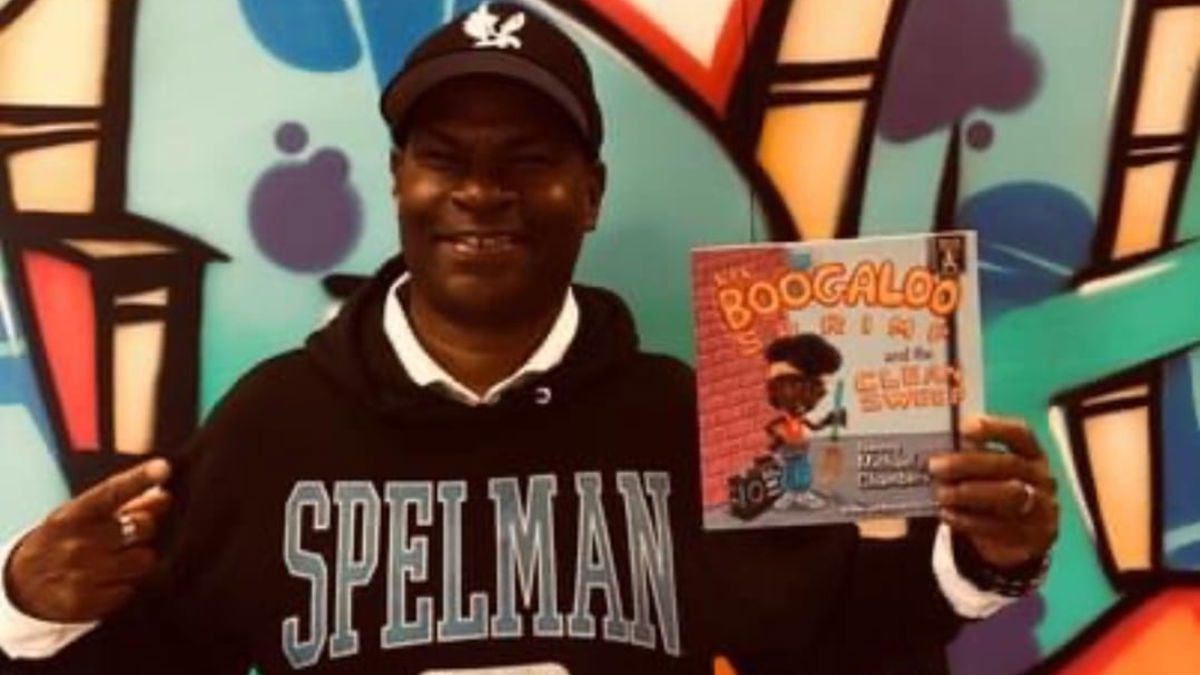

Michael Chambers, synonymous with breaking legends, has left an indelible mark on the dance world. Known as “Boogalo Shrimp,” he was born on November 13, 1967. Chambers gained fame as “Turbo” in the 1984 film Breakin’ and its sequel Breakin’ 2: Electric Boogaloo, from which he earned his stage name. His innovative style and dedication have cemented his place in street dance history. As breaking dance gains global prominence, Chambers is set to showcase its legacy and future with his debut at the Paris Olympics.
Watch What’s Trending Now!
Rising from humble beginnings, Chambers’ journey illustrates how breaking dance can evolve and inspire. His contributions have shaped the dance community and sparked a global passion for the art form. From his early days to his influence on the international breaking scene, Michael Chambers’ story is a testament to his extraordinary impact on the dance world.
ADVERTISEMENT
Meet breaking legend Michael Chambers
The real-life “Turbo” began his dance career as a main performer in music videos. He starred in Chaka Khan’s “I Feel for You,” Prince’s “Raspberry Beret,” Lionel Richie’s “All Night Long,” The Gap Band’s “Party Train,” and many more. He also participated significantly in music groups like Sugar Ray and their song “Fly.” He then got the chance to work with Michael Jackson, helping make moves on his own in a way of moving smoothly and robot dance moves, which later led to the character of “Urkelbot” on the TV show Family Matters and a part in Bill & Ted’s Bogus Journey movie. Michael has worked with special effects using his dance and played the character “MC Skat Kat” in Paula Abdul’s “Opposites Attract” music video, as well as choreography for the Simpson’s “Do the Bartman” video.
Chambers’ debut in the Paris Olympics excited him, and he felt good about realizing that this art form would become mainstream. He further stated with relief to the NY Times, “For everyone who was in every club, every showcase, every music video, every outside street cipher with some cardboard or a boombox making a few bucks,” stressing the fact that how it will help young talents to sustain their art. His career started in the 1980s when breaking was grabbing people’s attention. As one of the early dancers, he helped change breaking by trying new things in each show. Chambers helped many dancers learn, sharing his talent and love of breaking.
He works hard to keep breaking important by being part of dance crews and helping with big dance contests. His work made Breaking popular and proved he was a very good dancer who was respected by others. Chambers is happy that Friday will be a day of dancing. He also likes how the event will show how breaking can bring people from different backgrounds together. “I feel in this day and age where self-esteem, race, gender, etc., are a global focal point in the news media, people of all races who love God and life and art have embraced this dance sport,” he said to NY Times with a lot of excitement. His early life set the stage for a remarkable journey into breaking.
ADVERTISEMENT
Michael Chambers’ early life and journey into breaking
Michael Chambers grew up in New York City, where he was immersed in the vibrant street culture that shaped his career. Growing up in the Bronx during the late 1970s and early 1980s, he witnessed the rise of the hip-hop scene, which included breaking, graffiti art, and rap music. In this dynamic environment, he began honing his skills. Initially influenced by the local dance crew, Michael dedicated himself to mastering breaking. He trained extensively, drawing inspiration from other dancers and experimenting with moves on his own. His hard work paid off quickly, as he began winning battles and contests with other local dancers.
ADVERTISEMENT
Chambers got his stage name, “Boogaloo Shrimp,” from his dad, who used to be in the Air Force. After leaving the military, he made a home and family in Wilmington. “I was tempted to join my father full-time, but the lure of the Bar proved too strong”– said Chambers in an interview with The Times. Michael’s dad worked for Van de Kamp’s Seafood and Chicken of the Sea. He liked to call Michael, his youngest son, “Shrimp”. The “Boogaloo” part of his name originally came from New Orleans. But it also became a word used for a new dance called pop-locking. This mixed “popping” and “locking” moves was first made by Boogaloo Sam, who started a dance group in the 1970s. With constant dedication, he earned a spot in the Olympics. Let’s see how he mesmerizes fans once again on the global stage.
ADVERTISEMENT
ADVERTISEMENT
ADVERTISEMENT

